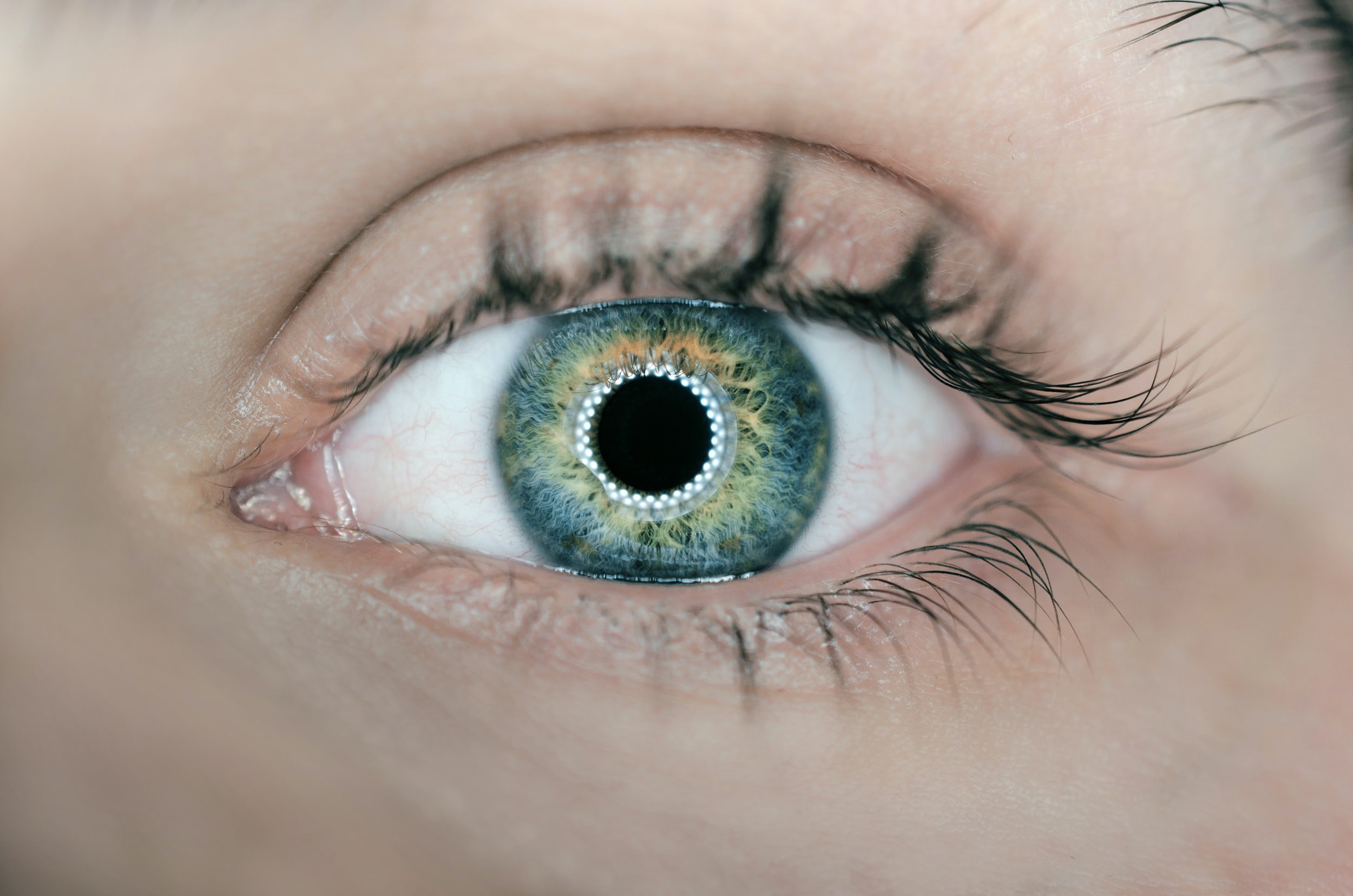
What We Treat
-
Learning-Related Vision Problems
Did You know? 1 in 4 students struggle with learning-related vision problems. Many of the children we work with suffer from vision problems that interfere with their ability to read, learn, comprehend, and even pay attention. Thriving in school requires tremendous demands on vision, and 80% of everything we learn comes from vision. Learn More
-
ADD/ADHD Vision Related Symptoms
Did you know? 80% of learning-related vision problems mimic ADD/ADHD symptoms. Although Vision Therapy does not treat ADD or ADHD, it does address learning-related vision problems that overlap with ADD and ADHD. Avoidance of near work like reading and homework can be from the discomfort of eyestrain and headaches, as well as frustration of inaccurate eye movements. Learn More
-
Dyslexia Vision Related Symptoms
Did you know? 80% of people with dyslexia have treatable vision problems compounding the situation. People with dyslexia typically DO NOT struggle with headaches, eyestrain, double and blurry vision, and letters appearing to move. These are VISUAL symptoms. Undiagnosed learning-related vision problems often mimic or complicate dyslexia and in many cases, our patients are suspected to have dyslexia. Learn More
-
Strabismus (Eye Turn)
Did you know? We provide a nonsurgical approach to strabismus (eye turn), where one eye is on target of focus and the other deviates away from the target. We focus on how both eyes function and work together as a team, in addition to straightening the eyes. Learn More
-
Amblyopia (Lazy Eye)
Did you know? Amblyopia (lazy eye) involves one eye seeing worse than the other, or both eyes seeing poorly. The problem is larger than just seeing 20/20, and can cause poor binocular vision, depth perception, eye movements, focusing and more. Vision therapy can teach you how to use both eyes together, unlike patching. Learn More
-
Convergence Insufficiency
Did you know? 5-10% of students have not properly developed the ability to comfortably aim their eyes inward. (That’s 2-3 students in every classroom!) Convergence Insufficiency is a visual dysfunction that has profound impacts on reading and learning. If you cannot coordinate both eyes inward onto near targets, you may struggle to view books, screens, homework, and tests. Learn More
-
Myopia (Nearsightedness) Management
Did you know? Myopia significantly increases your child's risk for serious eye diseases in their lifetime. Myopia, or nearsightedness, has reached epidemic levels according to the Center for Disease Control. In 1910, 14% of Americans were nearsighted, today, more than 40% of school-aged children are nearsighted, and it is increasing rapidly. Our goal is to limit the progression of myopia, or in some cases reverse it if caught early. Learn More
-
Concussion/Traumatic Brain Injury (TBI)
Did you know? 90% of traumatic brain injuries include visual symptoms. While vision is developmental, concussions can damage certain visual skills and will need to be rehabilitated. Our goal is to quickly get our patients back to as close to normal as possible so that they can return to school, work, and play. Learn More
-
Stroke Rehabilitation
Did you know? Strokes, Cerebral Vascular Accidents, can cause many vision problems, the worst being hemianopsia, a loss of an entire half of the visual field. In less serious cases, there also could be double vision, poor eye control, and perceptual deficits. Our goal is to help patients get back as close to normal as possible and help them become more functional with their vision problems. Learn More
-
Dizziness, Motion Sickness, Balance
Did you know? Vision Therapy can help cure motion sickness. The visual and vestibular systems must be perfectly synced at a 1:1 ratio for us to process the motion of our body and surroundings. The vestibular system is in our inner ears and provides information for balance and movement. The eyes see movement in the central and peripheral vision and should “see” the same motion that our inner ears “feel”. Learn More
-
Sports Vision Training
Did you know? Most athletes have good visual skills, but only the best have elite visual skills. Sports vision training is growing in professional sports as teams become more analytical and look for any edge they can get. Do you want to have better depth perception, peripheral vision, reaction time, processing speed, and so much more? Learn More
-
Visual Snow
Did you know? Visual snow syndrome (VSS), is a neurological visual condition characterized by the perception of persistent visual disturbances. People with VSS experience what appears to be "static" or "snow" in their field of vision, similar to pixels or the static seen on a television screen when it's not tuned to a channel. Learn More

